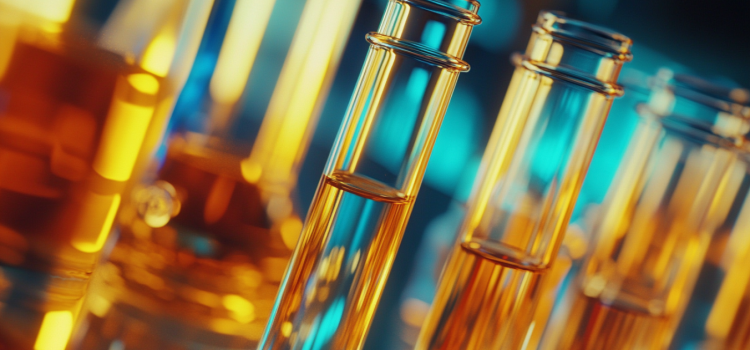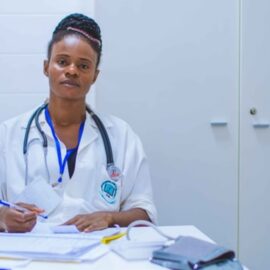
Can the human aging process be reversed? What are the associated risks with cellular engineering?
Nicklas Brendborg is a Danish biotechnologist and science writer. He writes in his book Jellyfish Age Backwards that scientists have discovered a couple of ways to reverse aging, however, they pose dangerous health risks.
Here’s a look at the two cellular engineering methods that Brendborg discusses.
Cellular Engineering for Anti-Aging
If aging is the result of changes to the DNA, as the theories we discussed earlier suggest, then the best way to reverse aging would be to undo those changes at the cellular level. In fact, Brendborg says that scientists have already discovered a couple of ways to do this. Unfortunately, both of these methods greatly increase the risk of cancer, and there’s currently no safe way to use them on people.
The first method is telomerase activation. Recall our earlier discussion of telomeres, the protective DNA caps that get shorter each time a cell divides. An enzyme called telomerase is able to rebuild those telomeres, so boosting telomerase could let cells avoid senescence and keep dividing forever.
(Shortform note: In The Telomere Effect, the authors explain that artificially boosting telomerase is dangerous because having too much telomerase could cause your cells to divide rapidly and uncontrollably—which is to say, it could cause cancer. However, they also say that there are natural and safe ways to boost your telomerase, and you can accomplish this just by living a healthy lifestyle. Some of the natural telomerase boosters they discuss are a healthy diet, good sleep habits, regular exercise, and an environment that’s as clean and free of pollution as possible.)
Brendborg says the second method uses a set of four genes, which are called Yamanaka factors after the scientist who discovered them: Shinya Yamanaka. Researchers have used the Yamanaka factors to revert adult cells to embryonic stem cells, literally resetting those cells’ biological clocks. They can then regrow into young, healthy cells of any type.
(Shortform note: Biologist Joanna Wysocka showed that a group of embryonic cells called the neural crest naturally use Yamanaka factors to turn back into stem cells. These cells, which had already begun developing into skin cells, were then able to turn into bone or muscle instead. Therefore, the Yamanaka factors aren’t just theoretically effective on living humans, they’re already a natural part of our development. Unfortunately, like with telomerase, artificially introducing more Yamanaka factors carries a very high risk of cancer.)






